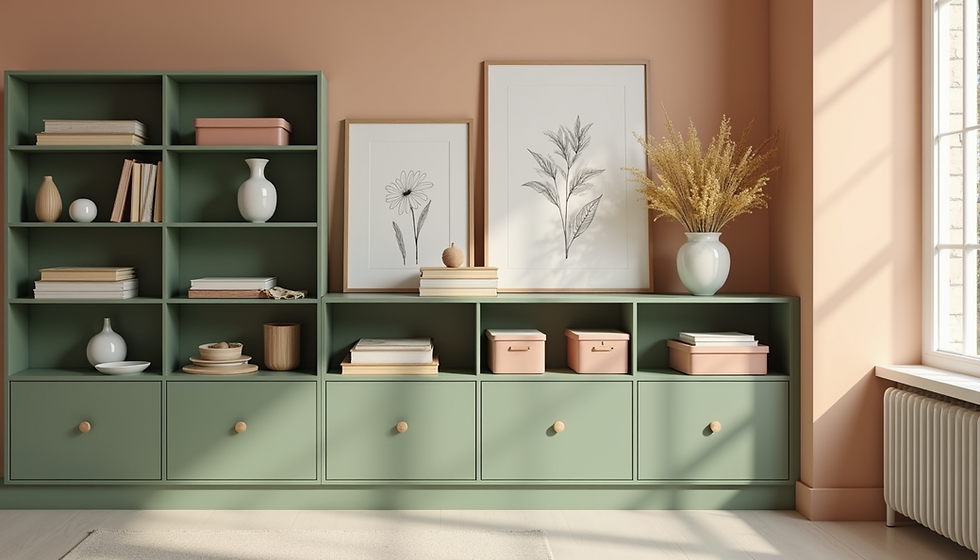How to Incorporate Cultural Elements into Interior Design
- Pranav Taware
- Jun 18
- 2 min read
Incorporating cultural elements into interior design can add a unique and personalized touch to any space. Whether you are designing a residential home or a commercial space, integrating cultural elements can create a sense of identity and authenticity. Shravan's Studio, an interior design business known for its innovative and culturally-inspired designs, offers tips on how to infuse cultural elements into interior design effectively.

Research and Inspiration: Before diving into incorporating cultural elements into your design, it's important to do thorough research on the culture you want to highlight. Explore the history, art, architecture, and traditional elements of the culture for inspiration. By understanding the significance of each element, you can incorporate them thoughtfully into your design.
Color Palette and Patterns: Colors play a significant role in reflecting cultural aesthetics. Choose a color palette that is commonly associated with the culture you are drawing inspiration from. Incorporate bold and vibrant colors or earthy tones, depending on the cultural influence. Additionally, consider integrating traditional patterns and motifs into textiles, wallpapers, or accessories to add depth and visual interest to the space.
Furniture and Decor: Selecting furniture and decor pieces that reflect the cultural heritage you are incorporating is key to achieving an authentic look. Look for pieces that feature traditional craftsmanship, materials, or designs that are emblematic of the culture. Handcrafted furniture, artisanal pottery, or vintage textiles can add a touch of authenticity and warmth to the space.
Art and Artifacts: Integrating art and artifacts from the culture you are highlighting can be a powerful way to showcase its richness and history. Hang traditional paintings, display sculptures, or showcase handmade crafts as focal points in the design. Art and artifacts not only add visual interest but also serve as conversation starters, adding a layer of storytelling to the space.
Lighting and Textures: Lighting plays a crucial role in setting the mood and ambiance of a space. Consider incorporating traditional lighting fixtures such as lanterns, sconces, or pendant lights that are evocative of the culture. Furthermore, layering textures through rugs, textiles, and wall treatments can enhance the sensory experience and create a cozy, inviting atmosphere. By carefully curating and integrating cultural elements into your interior design, you can create a space that is not only aesthetically pleasing but also deeply meaningful and reflective of your client's heritage. Shravan's Studio believes that incorporating cultural elements into design is a powerful way to celebrate diversity and create spaces that resonate with individuals on a personal level.


Comments